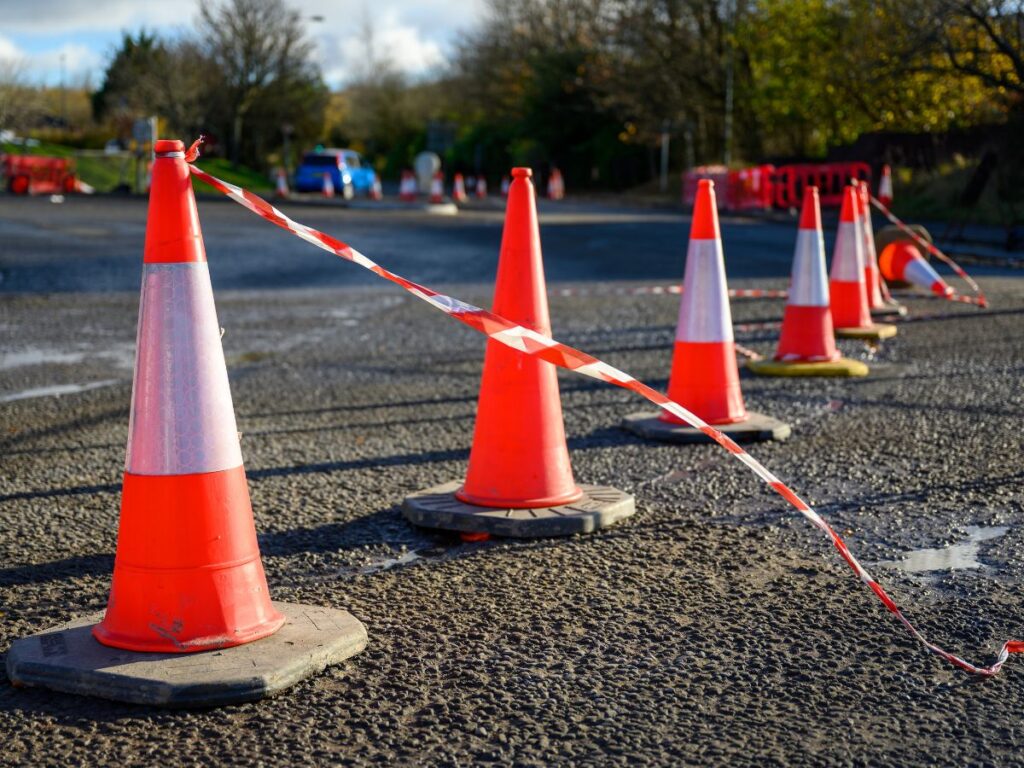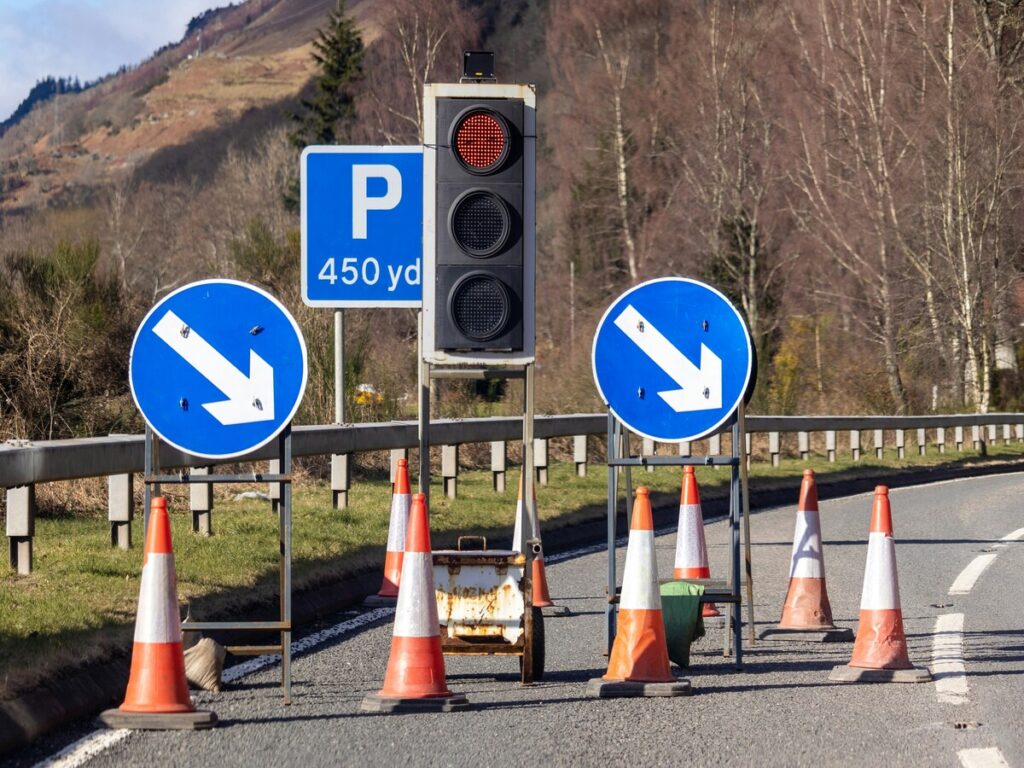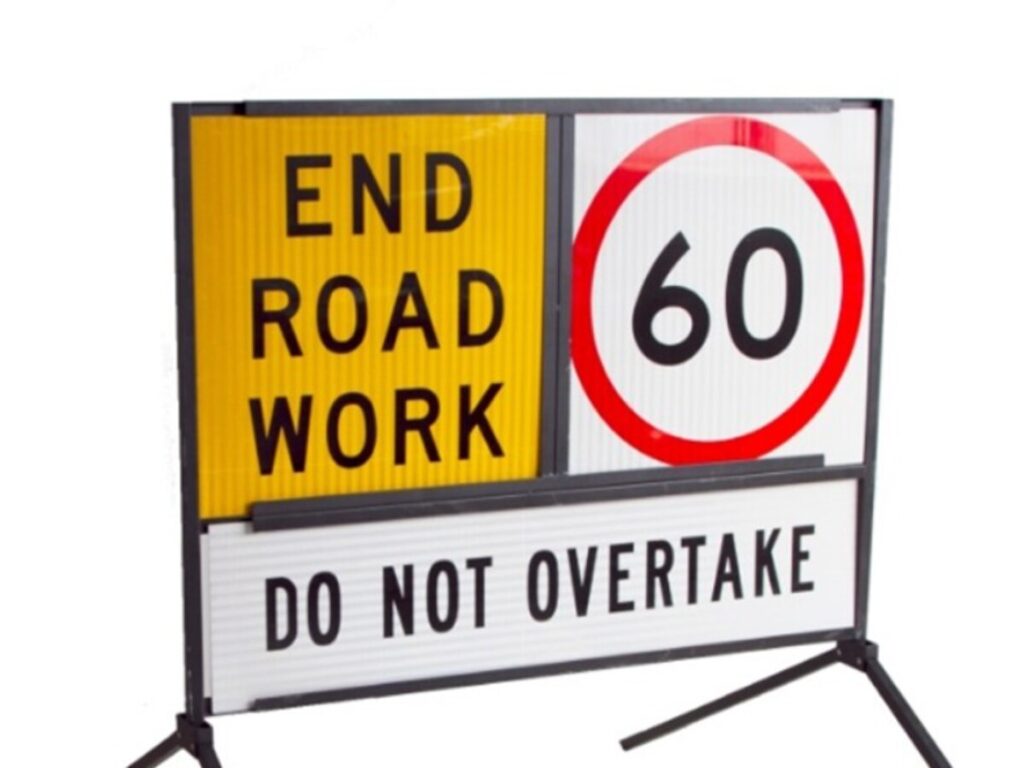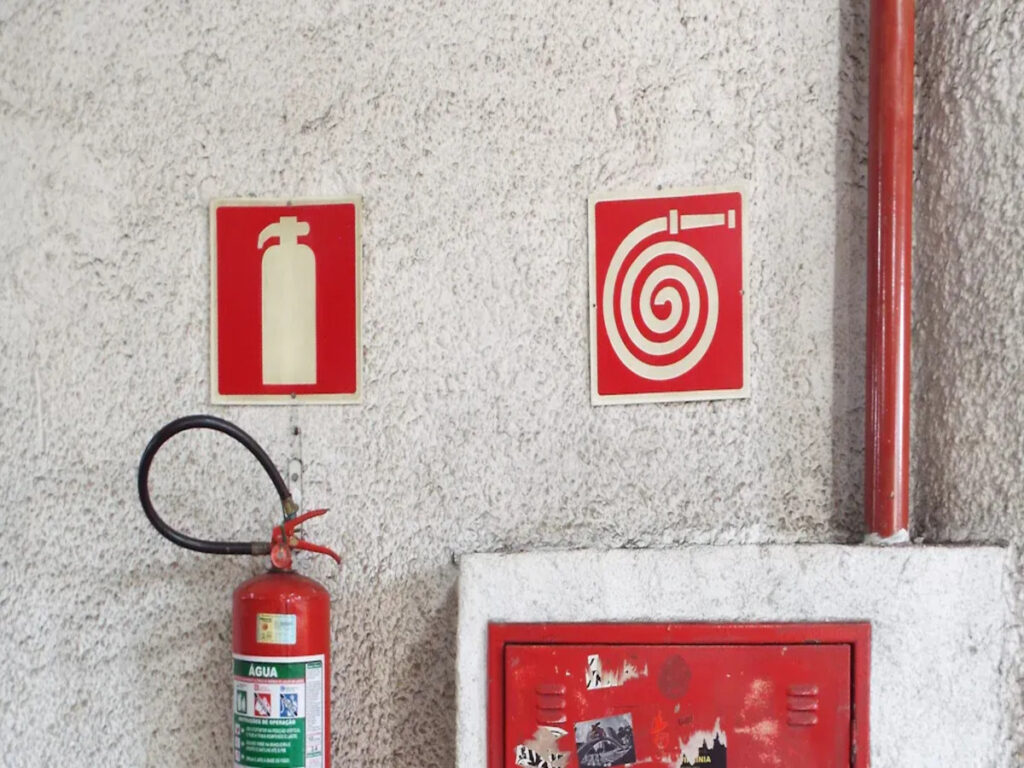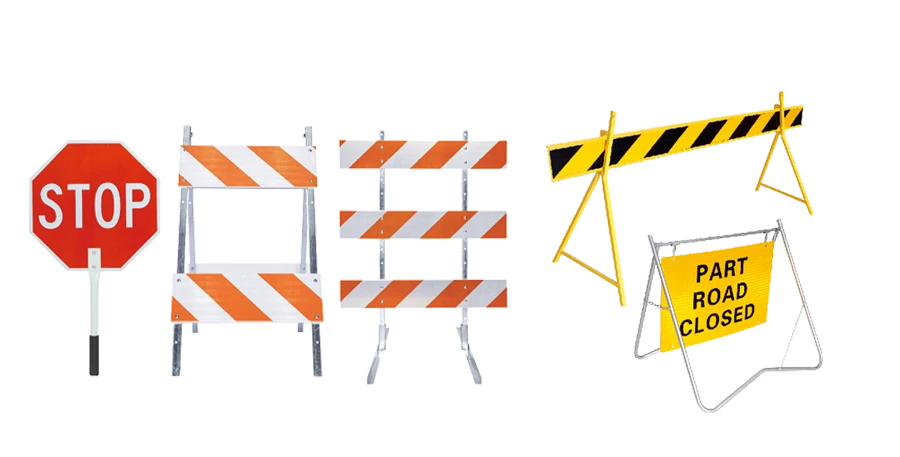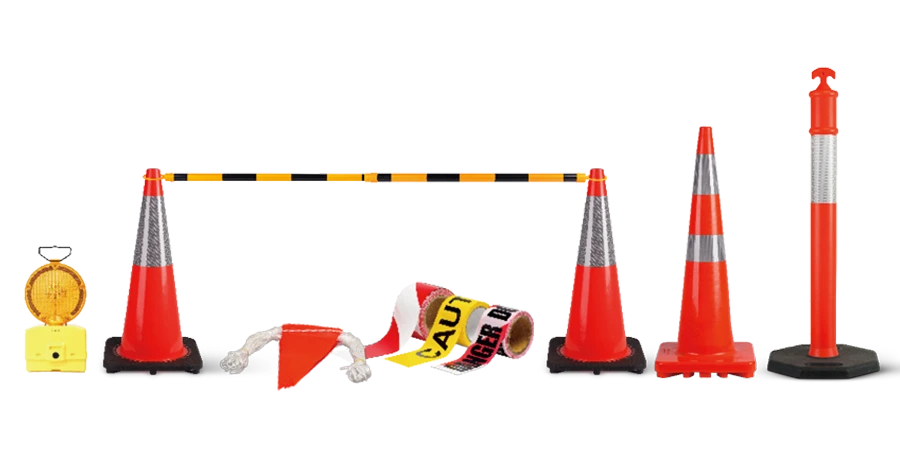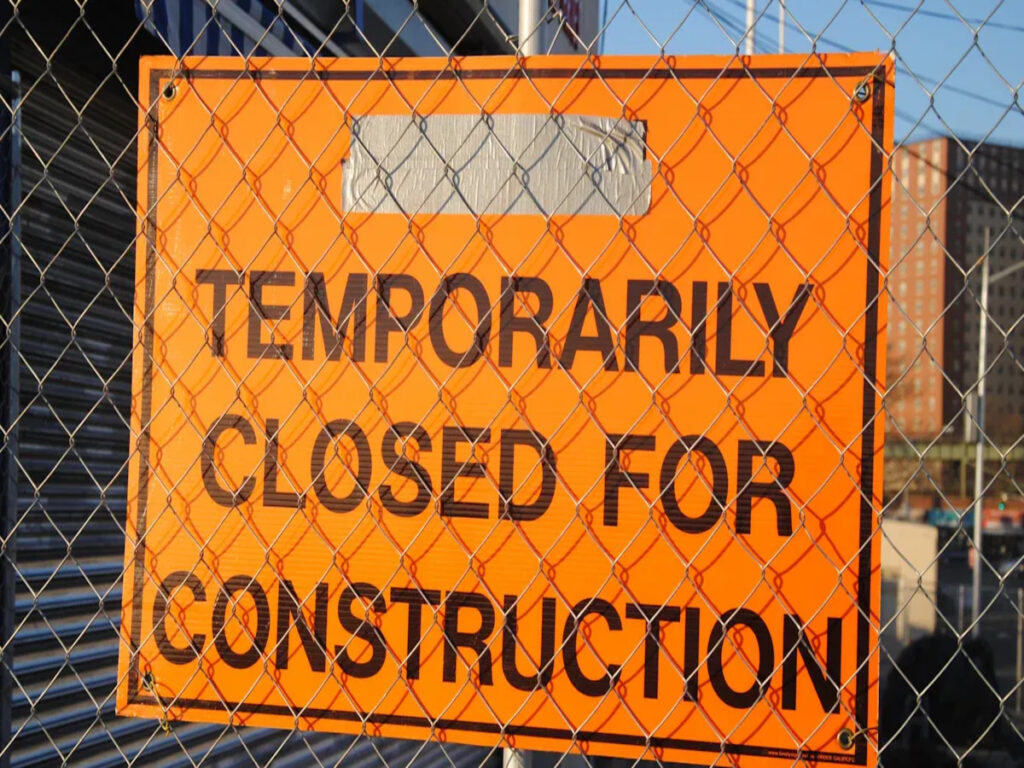
Should you use temporary or permanent construction traffic signs in your construction zone? The best choice depends on the duration of your project, how frequently traffic patterns change, and the level of safety required. Both types of construction traffic signs must comply with strict government regulations. The table below highlights the differences in these rules:
| Aspect | Temporary Signs | Permanent Signs |
|---|---|---|
| Authorization | Public agency must approve | Installed by permanent authority |
| Compliance | Must follow MUTCD Temporary Traffic Control | Must adhere to MUTCD permanent sign rules |
| Usage Duration | Used only during the construction project | Intended for long-term use |
When selecting construction traffic signs, consider safety, regulatory compliance, and cost to ensure effective traffic management in your construction zone.
At OPTRAFFIC, we provide a wide range of high-quality construction traffic signs designed to meet safety standards and regulatory requirements. Our signs are built to enhance visibility, ensuring smooth and safe traffic flow on your construction sites. Explore our collection today to find the right signs for your project.
Construction Traffic Signs in Work Zones
Why Signage Matters
There are many dangers in a construction zone. Drivers might not know about lane changes or slower speeds. They may not expect workers on the road. Construction traffic signs help by giving clear warnings and directions. The right signs tell drivers what to do before they get to the work area.
Signs that are easy to see stop confusion and quick moves. Drivers who see warnings early can slow down and follow new paths safely. This helps stop crashes and keeps workers and drivers safe.
You will notice many traffic control devices in work zones. These include:
- Regulatory signs, like speed limits and detour routes
- Warning signs, such as “Workers Ahead” or “Rough Road”
- Guide signs that show drivers where to go during detours
- Cones, drums, and barricades to mark lanes and dangers
- Arrow boards and flashing lights to help drivers see better
- Flagger stations with stop/slow paddles and bright clothing
Recent research shows dynamic signs and speed enforcement signs help slow cars down. Orange warning signs with reflective surfaces are used most and work best in construction zones.
Key Objectives for Safety
The main goal of construction traffic signs is to keep everyone safe. You want to help drivers move safely, avoid confusion, and stop crashes. Good traffic safety signs help you reach these safety goals:
- Warn drivers about dangers and workers nearby
- Make signs easy to see, even at night or in bad weather
- Give clear directions to guide traffic through or around the area
- Make sure rules like MUTCD are followed
- Control speed and organize traffic to protect workers and people
- Help drivers notice changes and avoid sudden lane switches
Traffic control plans use signs, cones, and barriers to keep cars moving safely. When you use construction traffic signs the right way, you help stop accidents and make the area safer for everyone.
Temporary Traffic Signs
Definition and Purpose
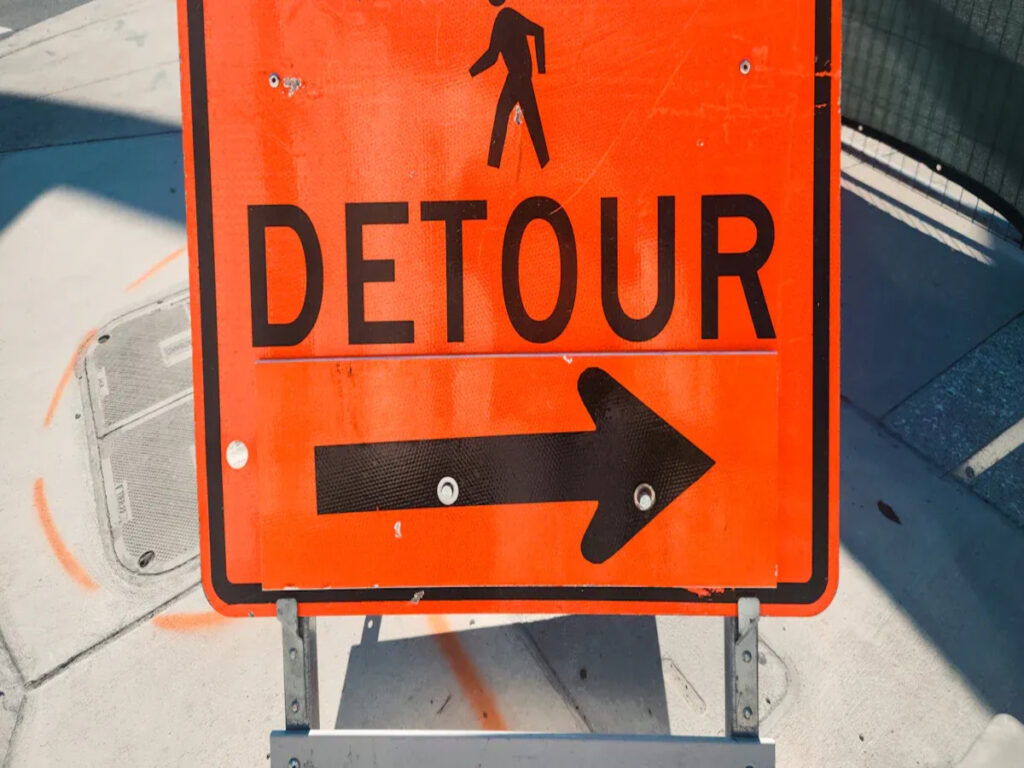
Temporary traffic signs help control roads during construction. These signs guide drivers and keep workers safe. They warn about dangers and show new ways to go. The main goal is to help everyone near work zones stay safe. You can move these signs when your project changes.
Common Types and Uses
There are many kinds of temporary signs in construction areas. Each one has a special job:
- Arrowboards: Point drivers around work zones and warn them early.
- Message Signs: Show special messages or warnings. You can move them because they are on trailers or trucks.
- Safety Signs: Remind workers to follow safety rules, like wearing helmets.
- Traffic Signs: Warn drivers and people walking about dangers or new directions.
- Channelizing Devices: Help cars move safely. These include:
- Traffic Cones: Mark lanes and help drivers see better.
- Traffic Drums: Used for long jobs and are safe if hit.
- Vertical Panels: Show which way cars should go.
- Tubular Markers: Fit in small spaces and stay put with weights.
Tip: Put warning signs, like “Road Work Ahead,” before the work zone. This gives drivers time to slow down and get ready.
Regulatory Requirements
You must follow strict rules for temporary construction traffic signs. These signs must look like permanent signs in color, shape, and how easy they are to read. Put signs on safe supports, and make sure big signs are at least 7 feet high. Keep signs clean and easy to see. If a sign is hard to read, change it right away. Always cover or take down permanent signs if temporary rules are different. All signs must follow federal MUTCD rules and local laws.
Pros and Cons
Here is a quick look at the main good and bad points of temporary traffic signs:
| Advantages | Disadvantages |
|---|---|
| Easy to change for new road layouts | Need regular care |
| Fast to put up and move | May need permits and planning |
| Save money for short jobs | Can break if not checked |
| Make roads safer with clear signs | Some need trained workers |
| Use less energy | Power can be a problem in bad weather |
Permanent Traffic Signs
Definition and Purpose
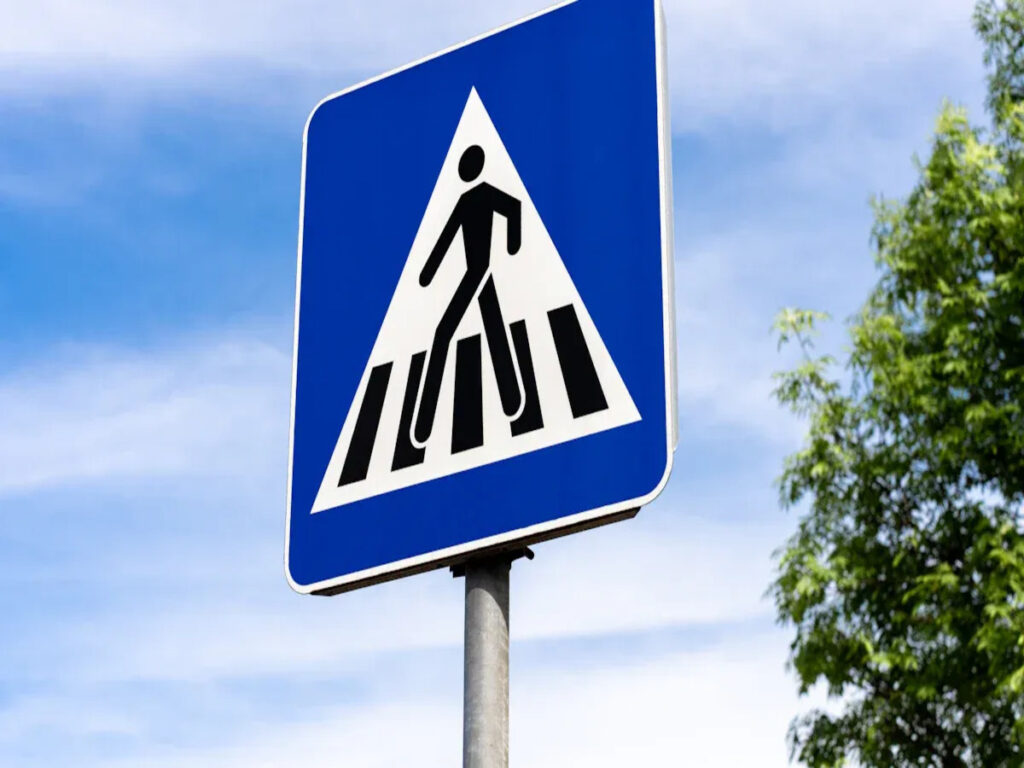
Permanent traffic signs help control roads for a long time. You use these signs after construction is done. They guide drivers and help control speed. These signs help keep everyone safe every day. Permanent signs stay in one place for many years. You see them at intersections, highways, and school zones. They tell drivers what to do and where to go.
Common Types and Uses
You can find different permanent signs in construction areas and on finished roads:
- Stop Signs: Tell drivers to stop at intersections.
- Speed Limit Signs: Show the safe speed for each road.
- Yield Signs: Tell drivers when to let others go first.
- Guide Signs: Help drivers find exits, street names, and directions.
- Regulatory Signs: Show rules like “No Parking” or “One Way.”
These signs help traffic move safely and help you follow the law.
Durability and Standards
Permanent signs need to last a long time and be easy to see. You must use strong materials and follow strict rules:
- Aluminum is the best material. It does not rust and lasts many years.
- Signs need retroreflective sheeting that meets ASTM D4956-09 standards.
- The MUTCD has rules for how bright and visible signs must be. Higher grade sheeting (Types II, III, IV, VIII, IX, XI) works better and lasts longer.
- Agencies must check signs often and replace them if they fade.
- These rules make sure construction traffic signs are safe and easy to see in all weather.
Tip: Check your signs often to keep them safe and follow the rules.
Pros and Cons
Here is a quick look at the main good and bad points of permanent traffic signs:
| Aspect | Pros | Cons |
|---|---|---|
| Durability | Made for long-term use; stands up to weather and heavy use | Costs more at first |
| Reliability | Gives steady traffic management in one place | Not easy to move or change |
| Maintenance | Needs little care | Harder to put in or take out |
| Application | Great for intersections, highways, school zones | Not good for places where traffic changes a lot |
- Pros:
- Signs last for many years and do not fade or peel.
- You save time and money because you do not replace them often.
- Permanent signs help you follow safety rules in places that do not change.
- Cons:
- It takes more time and work to put them in or take them out.
- Permanent signs do not work well where traffic changes a lot.
- You may need special tools and more workers to remove them.
Comparing Construction Traffic Signs
Durability and Lifespan
Think about how long signs will last. Weather can damage signs over time. Temporary signs use light plastic or thin metal. These work for short jobs but break in bad weather. Rain, sun, dust, and heat wear them out fast. You need to check and fix them often.
Permanent signs use strong steel or tough aluminum. These last for many years. They have coatings that stop rust and fading. Permanent signs handle wind, snow, heat, and cold. You do not need to fix them much. The table below shows the main differences:
| Aspect | Temporary Signs | Permanent Signs |
|---|---|---|
| Materials | Lightweight plastic or thin metal | Heavy-duty steel or reinforced aluminum |
| Durability | Less durable, needs frequent care | Highly durable, needs little care |
| Environmental Impact | Damaged by rain, sun, dust, temperature | Withstands harsh weather |
| Maintenance | Regular cleaning and storage needed | Minimal maintenance |
| Lifespan | Short-term use, wears out faster | Long-term use, lasts for decades |
Note: If your project is long or faces tough weather, permanent signs are better.
Cost and Installation
Cost matters when you pick traffic signs. Temporary signs cost less because they use cheap materials. You can put them up fast and move them easily. This saves money for short jobs. Permanent signs cost more at first. They use strong aluminum or steel. You need skilled workers and special tools to install them. It takes more time and effort.
Permanent signs cost more at first, but you do not replace them often. Over time, they save money because they last longer. Temporary signs are best for short jobs. If you use them for long projects, you may spend more on repairs and replacements.
| Component | Temporary Signs (USD) | Permanent Signs (USD) | Notes |
|---|---|---|---|
| Sign Panels | Lower cost | $25 – $40 per square foot | Permanent signs use stronger materials |
| Sign Posts | Lower cost | $13 – $150+ per post or foot | Permanent posts are more durable |
| Foundations | Not needed or minimal | $150 – $1,500+ per foundation | Permanent signs need strong foundations |
| Installation | Quick and easy | More time and labor | Permanent signs need skilled workers |
| Replacement | More frequent | Less frequent, higher cost | Permanent signs last longer |
Tip: Use temporary signs for short jobs to save money. Pick permanent signs for long-term savings.
Flexibility and Adjustability
You need flexible signs in a construction zone. Temporary signs let you change layouts as the job moves. You can move, add, or adjust signs quickly. Portable boards, flashing lights, and cones help with new dangers or changes. You can move these by hand or with special vehicles.
Permanent safety signs do not give you this freedom. Once you put them in, they stay there. You need tools and permits to move them. Permanent signs work best where traffic does not change much.
- Temporary signs:
- Easy to move and change
- Quick to set up or take down
- Good for changing work zones
- Portable devices fit many needs
- Permanent signs:
- Stay in one place
- Hard to move
- Need professional installation
- Not good for lots of changes
If your site changes often, temporary signs help you stay safe and organized.
Compliance and Visibility
Both types of signs must follow safety and visibility rules. The MUTCD sets standards for color, reflectivity, and height. Warning signs need bright orange backgrounds for daytime. All signs must use retroreflective materials for night.
Mount signs at the right height. In cities, signs should be at least 7 feet high. For short jobs, you can use supports as low as 12 inches. Signs on barricades must be crashworthy. Vehicle signs need to be at least 4 feet above the road. Keep signs clean and easy to read. Replace any sign that is hard to see.
- Use bright orange for warning signs
- Retroreflective surfaces for night
- Mount signs at proper heights (7 feet in cities)
- Keep signs clean and easy to read
- Replace damaged or faded signs fast
- Follow crashworthiness and ADA rules
Good visibility and following rules help prevent accidents and keep your project safe.
Summary Table: Key Differences
| Feature | Temporary Signs | Permanent Signs |
|---|---|---|
| Durability | Short-term, less strong | Long-term, very strong |
| Cost | Lower at first, higher later | Higher at first, lower later |
| Installation | Fast, easy, portable | Slow, fixed, needs skill |
| Flexibility | Easy to move and change | Fixed, hard to change |
| Compliance | Must meet MUTCD standards | Must meet MUTCD standards |
| Visibility | Bright, retroreflective | Bright, retroreflective |
| Lifespan | Months to a few years | Decades |
When you compare construction safety signs, think about your project’s needs for strength, cost, flexibility, and safety.
Choosing the Right Signs
Decision Checklist
Picking the right signs helps keep your project safe and legal. Use this checklist to help you decide:
- Project Duration: Use temporary signs for short jobs. Pick permanent signs for work that lasts a long time.
- Weather and Location: Choose signs that can handle your local weather. Temporary signs might not last in bad weather. Permanent signs are better for places with lots of sun, rain, or wind.
- Budget: Temporary signs cost less at first but may need more repairs. Permanent signs cost more at the start but last longer.
- Visibility: Make sure all signs are easy to see day and night. Use reflective materials or lights to help drivers see them.
- Compliance: All signs must follow MUTCD and local rules. Check that your signs meet these standards.
- Placement: Put signs where drivers can see them best. Do not block other signs or put them near dangers.
- Maintenance: Check signs often. Replace any that are broken, faded, or hard to read.
- Combined Use: For big projects, use both types. Temporary signs help with quick changes. Permanent signs guide drivers when the work is done.
You must keep all construction traffic signs in good shape. Put them where drivers can see them during the day and at night. Check signs often and replace broken ones fast to keep your work zone safe.
Best Practices
You can stop many problems by following best practices for construction traffic signs. Here are some steps to follow:
- Always follow MUTCD rules for picking and placing signs. This keeps your project safe and legal.
- Use big, clear letters and symbols. Large letters help everyone read signs quickly.
- Pick fluorescent orange for temporary warning signs. This color is easy to see in the day and at night.
- Add flashing lights to signs near lane closures. Flashing lights help drivers notice signs and slow down.
- Space signs far apart. Give drivers enough time to see and react to each sign.
- Use more than one sign for important messages. Extra signs make sure all drivers get the message.
- Check signs every day in busy work zones. Look for clear messages, correct spots, and good condition.
- Clean signs often, especially in dusty or muddy places. Dirty signs are hard to read.
- Replace any sign that is faded, bent, or hard to see right away.
Tip: Put signs at least 500 feet before a spot where drivers must decide. This gives drivers enough time to react safely.
Common mistakes include putting signs in the wrong place, using unclear messages, or the wrong hardware. Signs hidden by trees or too close to dangers can cause crashes. Always test your signs after you put them up to make sure they work.
| Aspect | Frequency / Action |
|---|---|
| Scheduled Inspections | At least two times a year (day and night), plus once during rainy season |
| Cleaning | Often, especially in dusty, muddy, or dirty places |
| Post Maintenance | Clean and repaint every two years; check for rust, bending, or damage |
| Replacement Criteria | Replace right away if signs are faded, peeling, or hard to read |
When to Use Both Types
Some projects need both temporary and permanent signs. Temporary signs help with quick changes, like lane closures or detours. Permanent signs give long-term help when the road changes for good.
Using both types together keeps the work zone safe and flexible. Temporary signs handle changes as the job moves. Permanent signs help drivers learn new routes after the work is done. This helps stop confusion and accidents because drivers know what to expect.
- Temporary signs are best for short changes and moving dangers.
- Permanent signs give steady rules and directions.
- Using both types covers everything, from quick fixes to long-term safety.
Note: For big or tricky projects, talk to a traffic control expert. Experts can help you pick the best mix of signs for safety and following the rules.
You have to pick temporary or permanent signs for your project. Your choice depends on what your project needs. The table below shows how these signs are different:
| Aspect | Temporary Signs | Permanent Signs |
|---|---|---|
| Duration | Short-term, easy to move | Long-term, fixed |
| Adaptability | Flexible, quick to adjust | Static, not easy to change |
| Durability | Less durable | Highly durable |
| Cost | Lower upfront | Higher upfront |
You must follow MUTCD and state rules every time. Check your traffic safety signs often to make sure they work. Put signs in your safety plans and ask workers what they think. Use the checklist and table to help plan your next project for the best results.
FAQ
What is the main difference between temporary and permanent traffic signs?
Temporary signs help you manage short-term changes in traffic during construction. Permanent signs guide drivers after the work ends. You use temporary signs for flexible needs. Permanent signs stay in place for many years.
Do temporary traffic signs need to follow the same rules as permanent signs?
Yes. You must follow MUTCD standards for both types. This includes color, size, and reflectivity. Following these rules keeps your work zone safe and legal.
How often should I inspect my construction traffic signs?
You should check your construction safety signs every day in busy work zones. Look for damage, dirt, or fading. Replace any sign that is hard to see. Regular checks help prevent accidents.
Can I use both temporary and permanent signs at the same time?
Yes! You can use both types together. Temporary signs help with quick changes. Permanent signs give long-term directions. Using both keeps your work zone safe and clear for drivers.
What materials work best for permanent traffic signs?
Aluminum works best for permanent signs. It resists rust and lasts many years. You also need retroreflective sheeting so drivers can see the signs at night or in bad weather.

